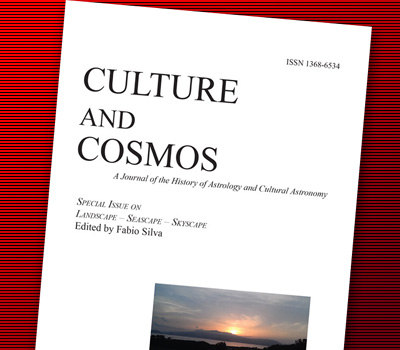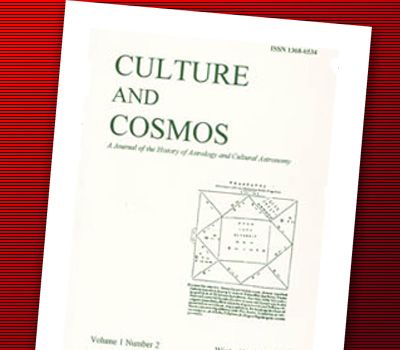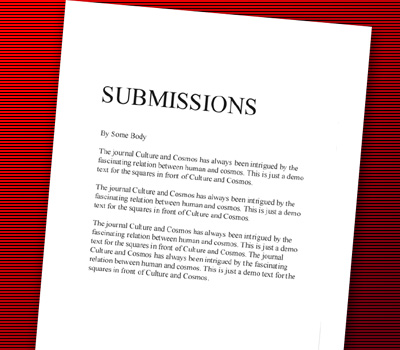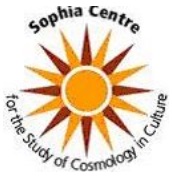We are currently seeking submissions for future volumes of Culture and Cosmos.
Volume 12, No. 2
Editorial
Nick Campion
The most recent (Vol. XXI, 2007-8) issue of Archaeoastronomy: The Journal of Astronomy in Culture, is now available from the University of Texas Press. The emphasis is on ancient and non-western astronomy, with three of the five articles on the Americas.
The journal opens with Efrosnyni Boutsikas’ examination of the celestial orientation of Greek temples. Boutsikas’ data contradicts simple notions of either solar or lunar alignment, while retaining the possibility of landscape relationships (which are not examined) and stellar alignments (which are not examined and are difficult to demonstrate). Michael Zawaski and J. McKim Malville, the latter now responsible for the Archaeoastronomy module in the MA in Cultural Astronomy and Astrology at the University of Wales, Lampeter, present their survey of major Inca sites in Peru. They conclude that geography was the determining factor in the location of the characteristic shrines, the huacas, even though a number of those that they examined might then be used to measure the solstices and, in one case, the rising of both the Pleiades and the June solstice sun. Philip Clarke’s article, ‘An Overview of Australian Aboriginal Ethnoastronomy’, is a valuable review paper of the topic, with an extensive bibliography. Two further articles by Gerado Aladana (‘Glyph G and the Yohualteuctin: Recovering the Mesoamerican Practice of Time Keeping and Nightly Astrology’) and John Carlson (‘The Margarita Structure Panels [at Copan] and the Maya Cosmogonic Couplet of Ancestral Emergence: Redux and Reemergence’) add to the already substantial debates on Mesoamerican cultural astronomy.
Archaeoastronomy, like Culture and Cosmos, carries the statement in its subtitle that it deals with cultural astronomy. In practice, though, the content in each journal varies. Culture and Cosmos tends to have a wider chronological sweep, running from the ancient world to the modern, with a greater emphasis on the west, and a deliberate inclusion of astrology explicitly (rather than implicitly as in, for example, much material on Maya, Inca, and Aztec astronomy). With rare exceptions, though, Culture and Cosmos has not included archaeoastronomical material and has generally not ventured into the Americas. This is accident rather than policy and reflects the fact that suitable submissions are unusual. However, the result is that the two publications are complementary, and we recommend readers of Culture and Cosmos to subscribe to Archaeoastronomy.









